Accessory Pathway Ablation

16-11-2019
Raja Selvaraj, JIPMER
- 12 tips in 12 minutes
- Opinionated, illustrated, for early career EPs
#1 Use four catheters for EP study

#1 Use four catheters for EP study

But we have an RA catheter And this is clearly a concealed RFW AP
#2 Consider placing the RV catheter at base
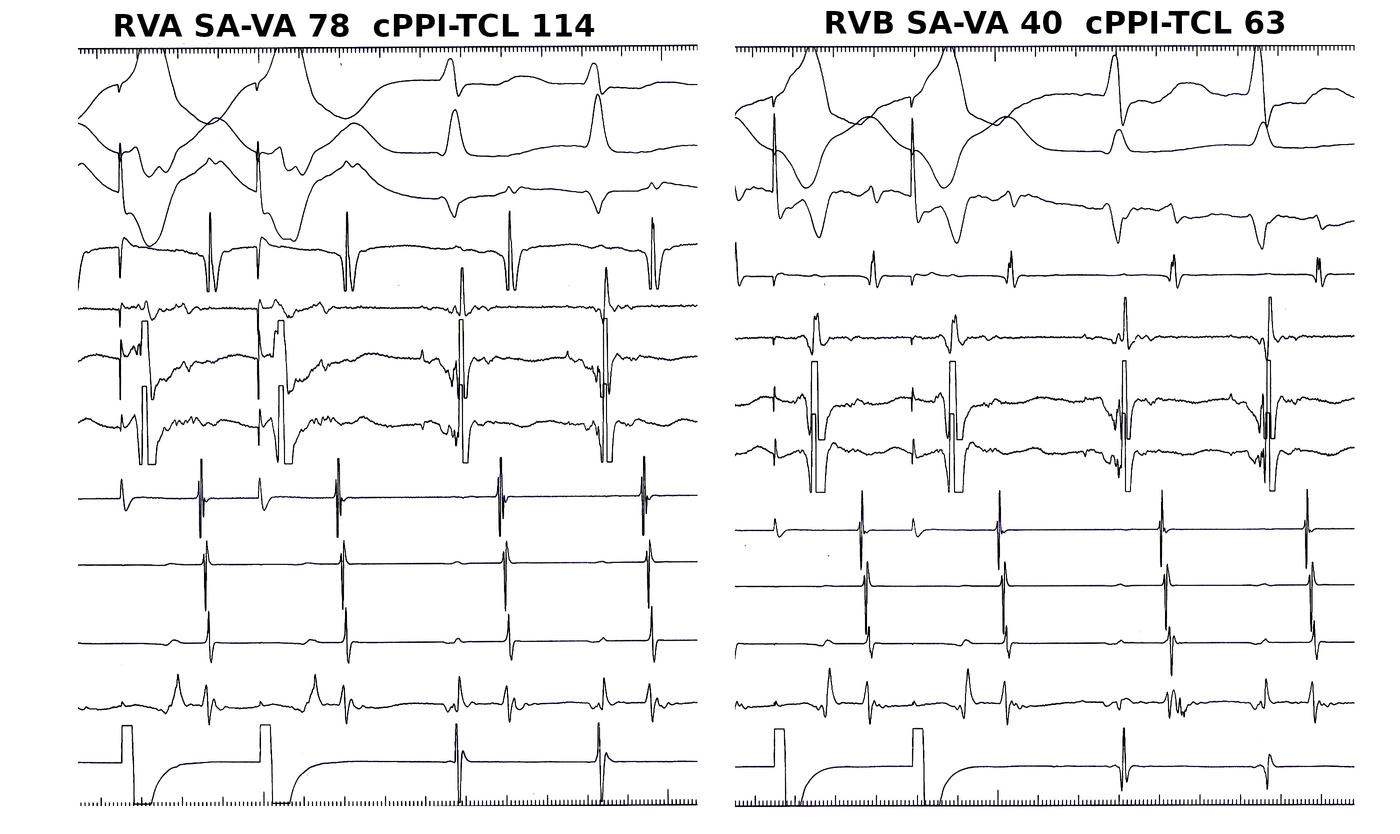
#3 Use triggered mode for mapping

#4 Key to mapping is to identify signal components

#4 Key to mapping is to identify signal components

#4 Key to mapping is to identify signal components
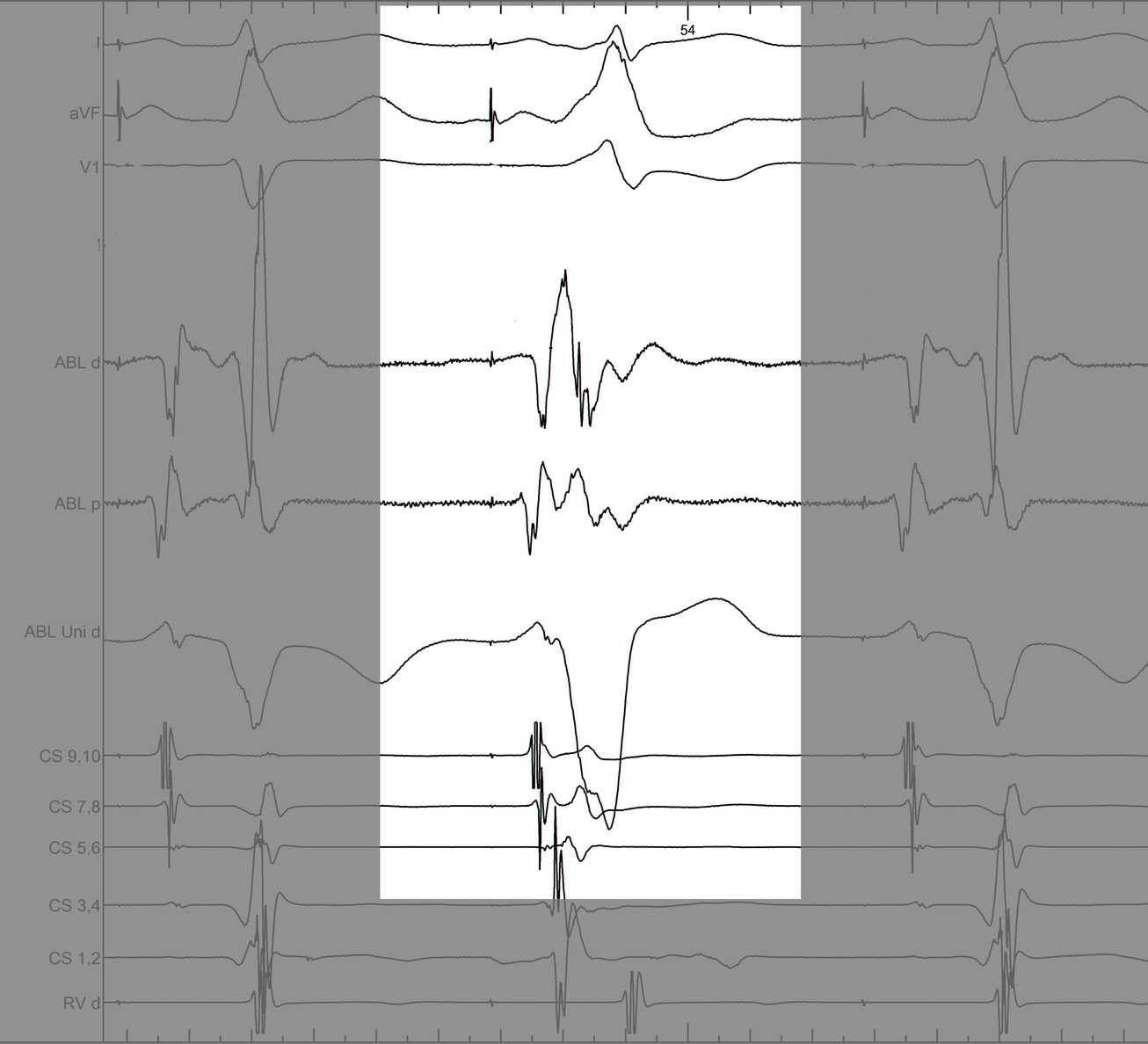
#4 Key to mapping is to identify signal components
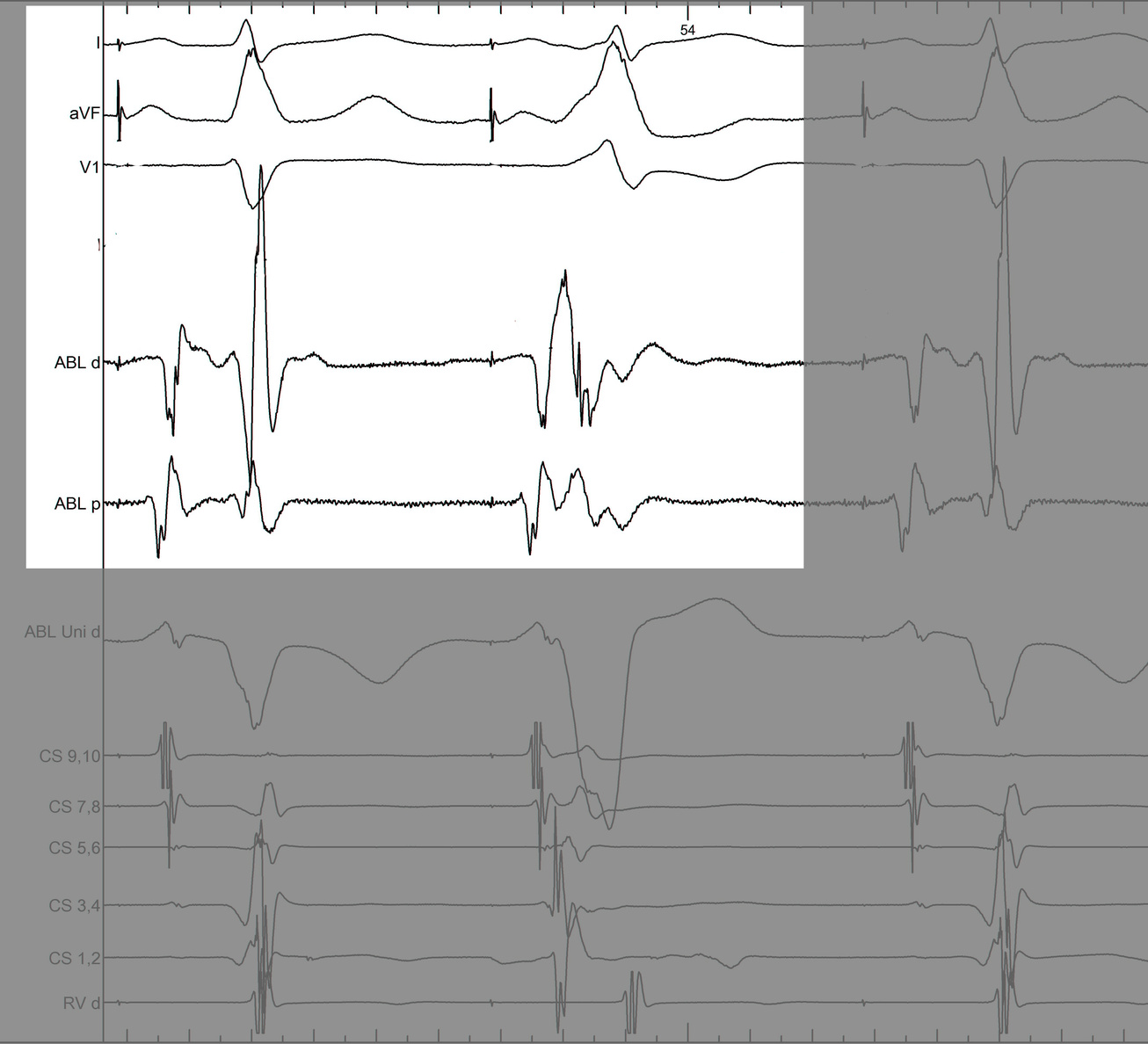
#4 Key to mapping is to identify signal components
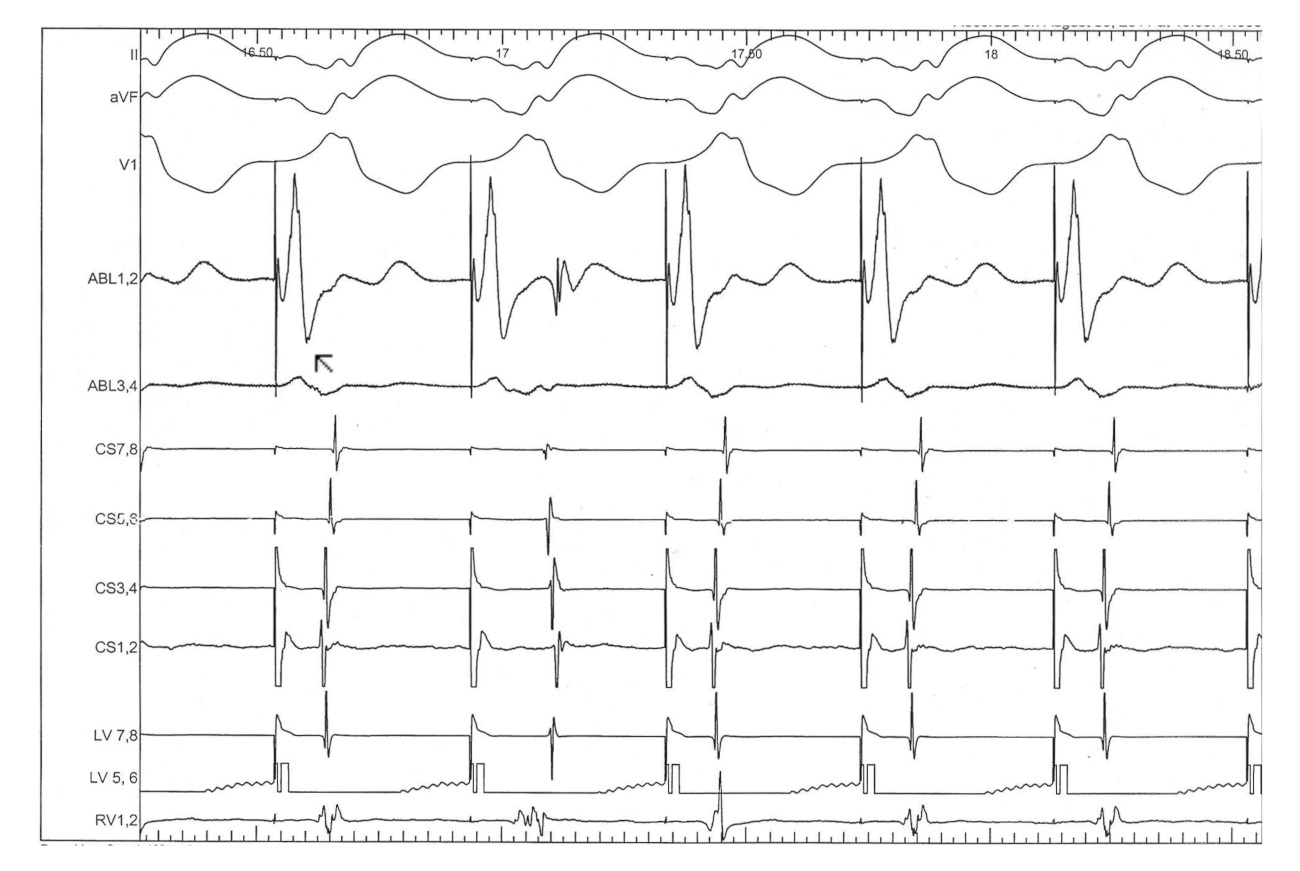
#5 Mapping in diverticulum - CSE potential most important
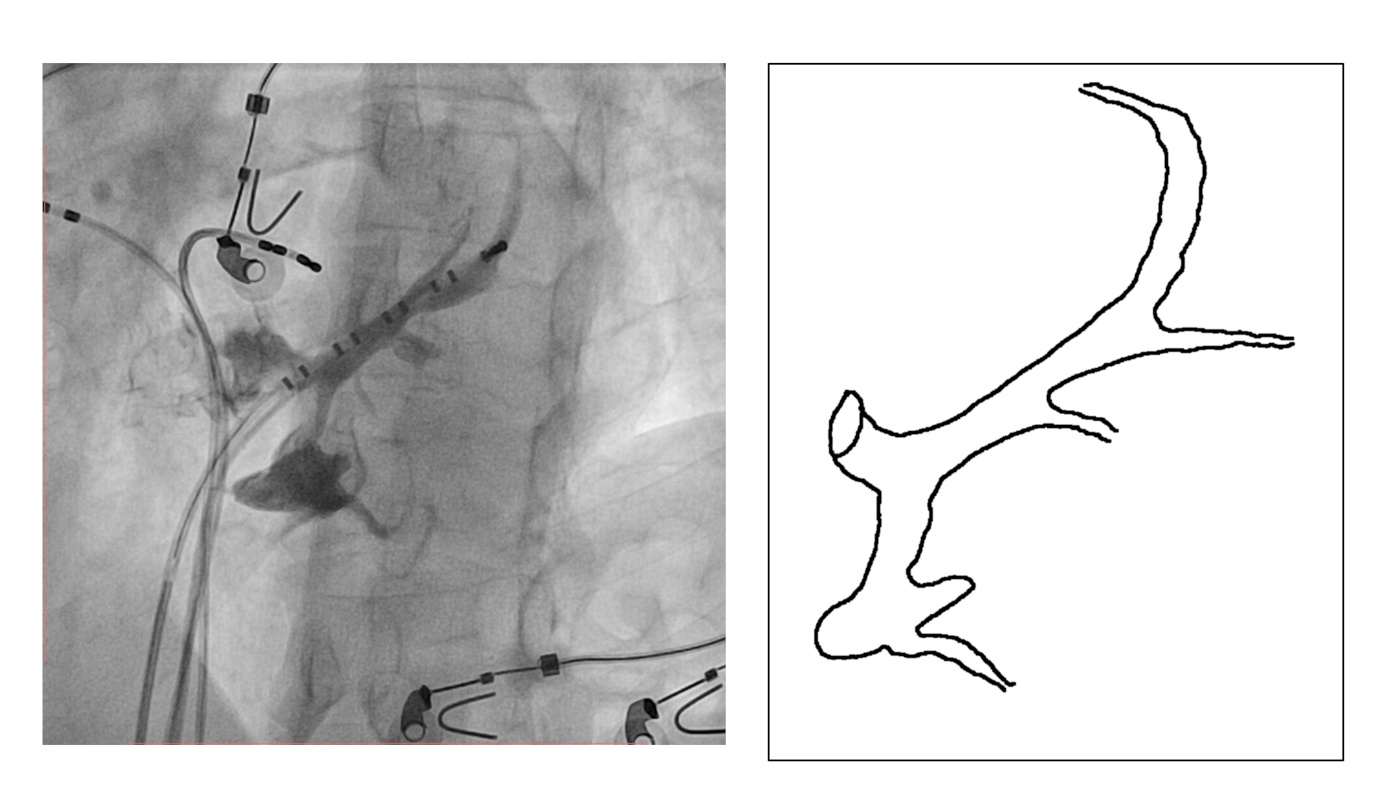
#5 Mapping in diverticulum - CSE potential most important
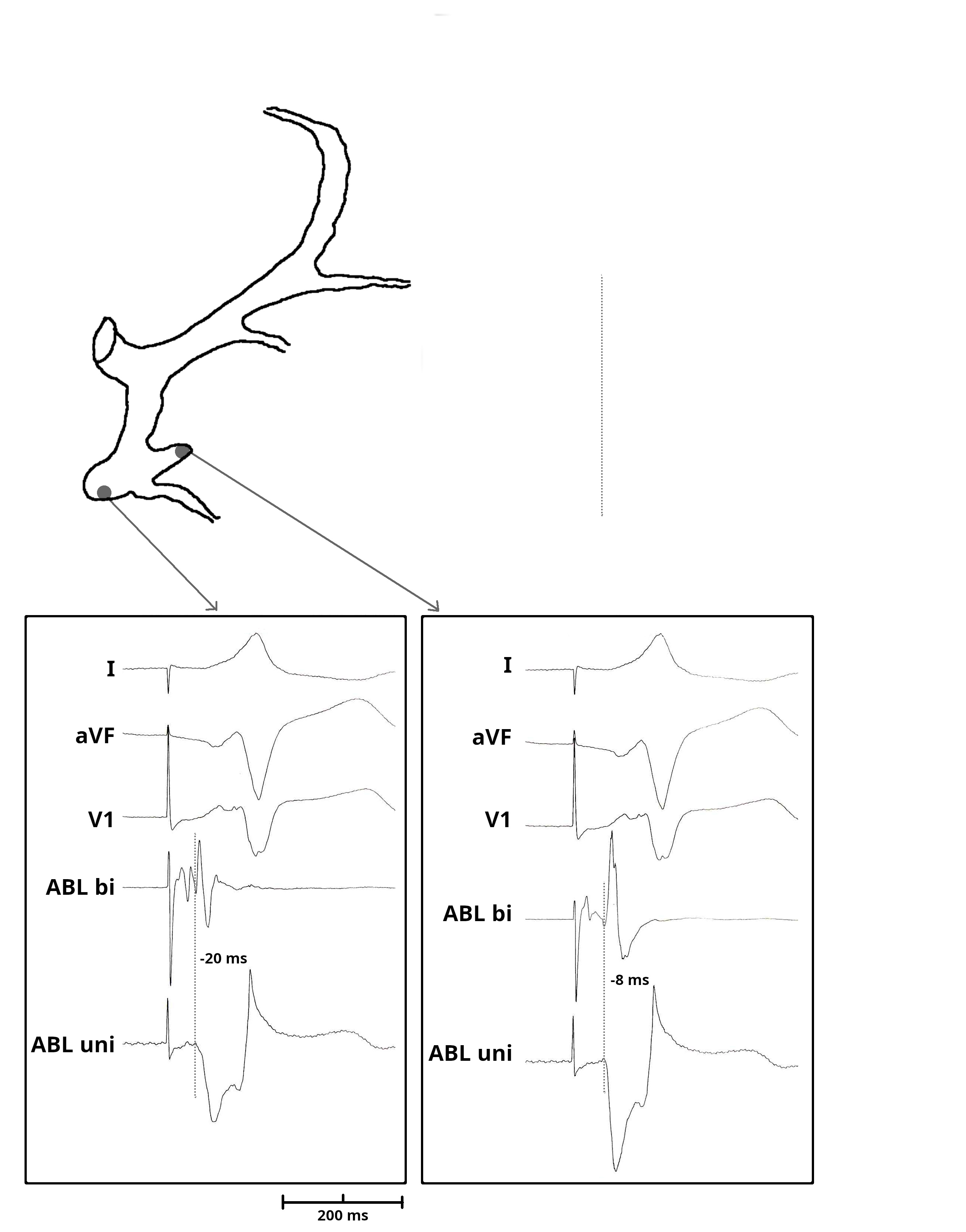
#5 Mapping in diverticulum - CSE potential most important
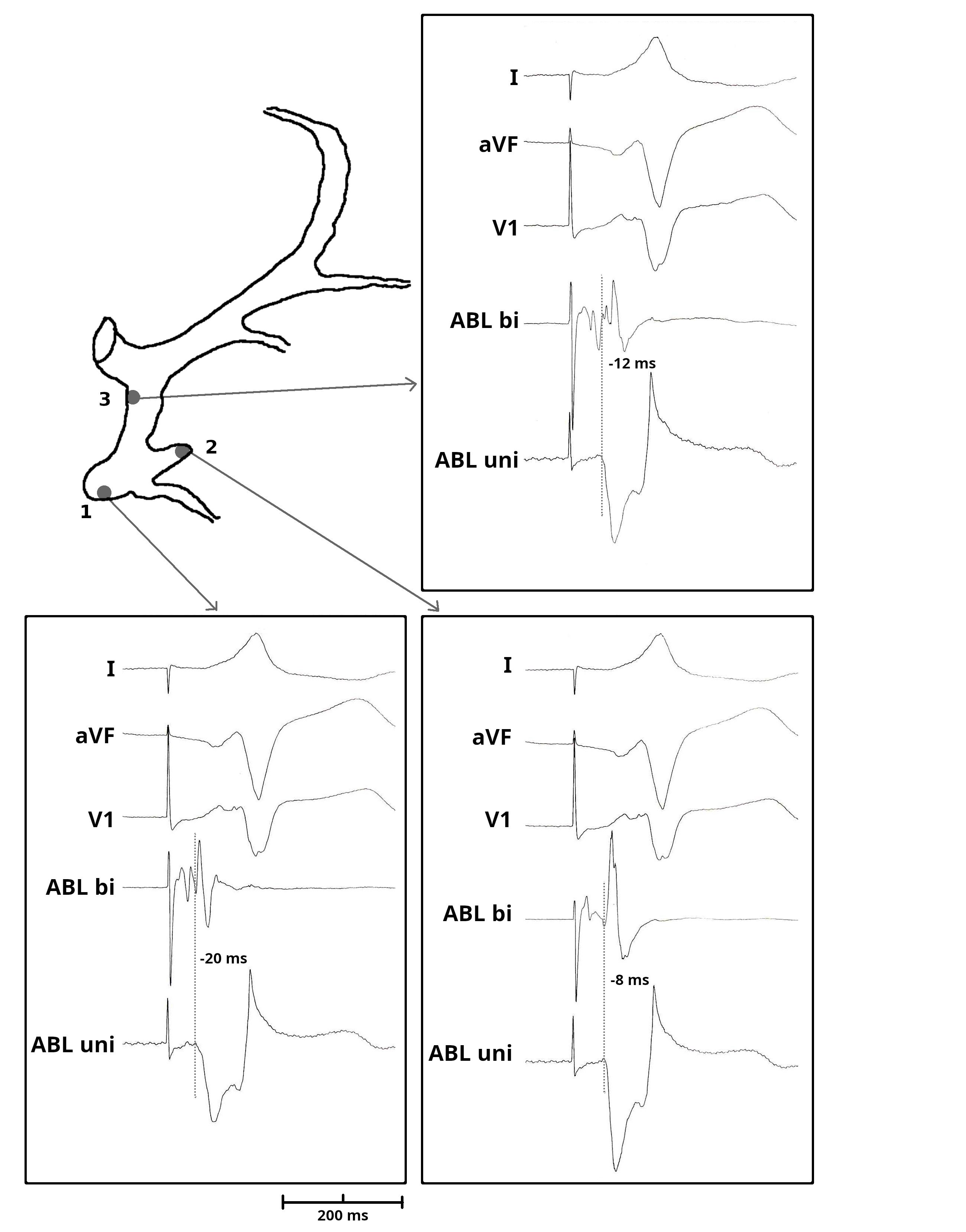
#6 Oblique pathways - Earliest A / V may be distant

#6 Oblique pathways - AP potential more important than earliest A
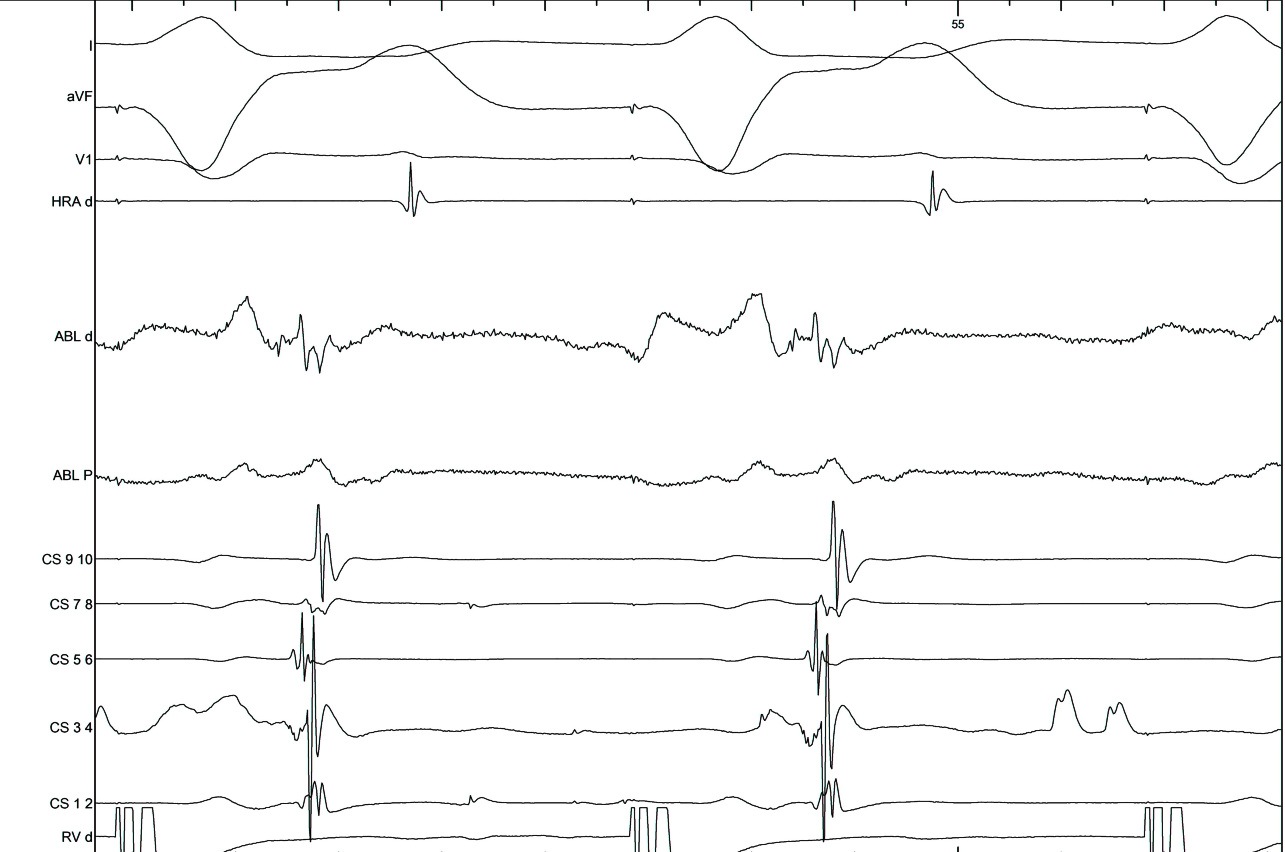
#7 Be afraid of ablating septal APs with A / V pacing
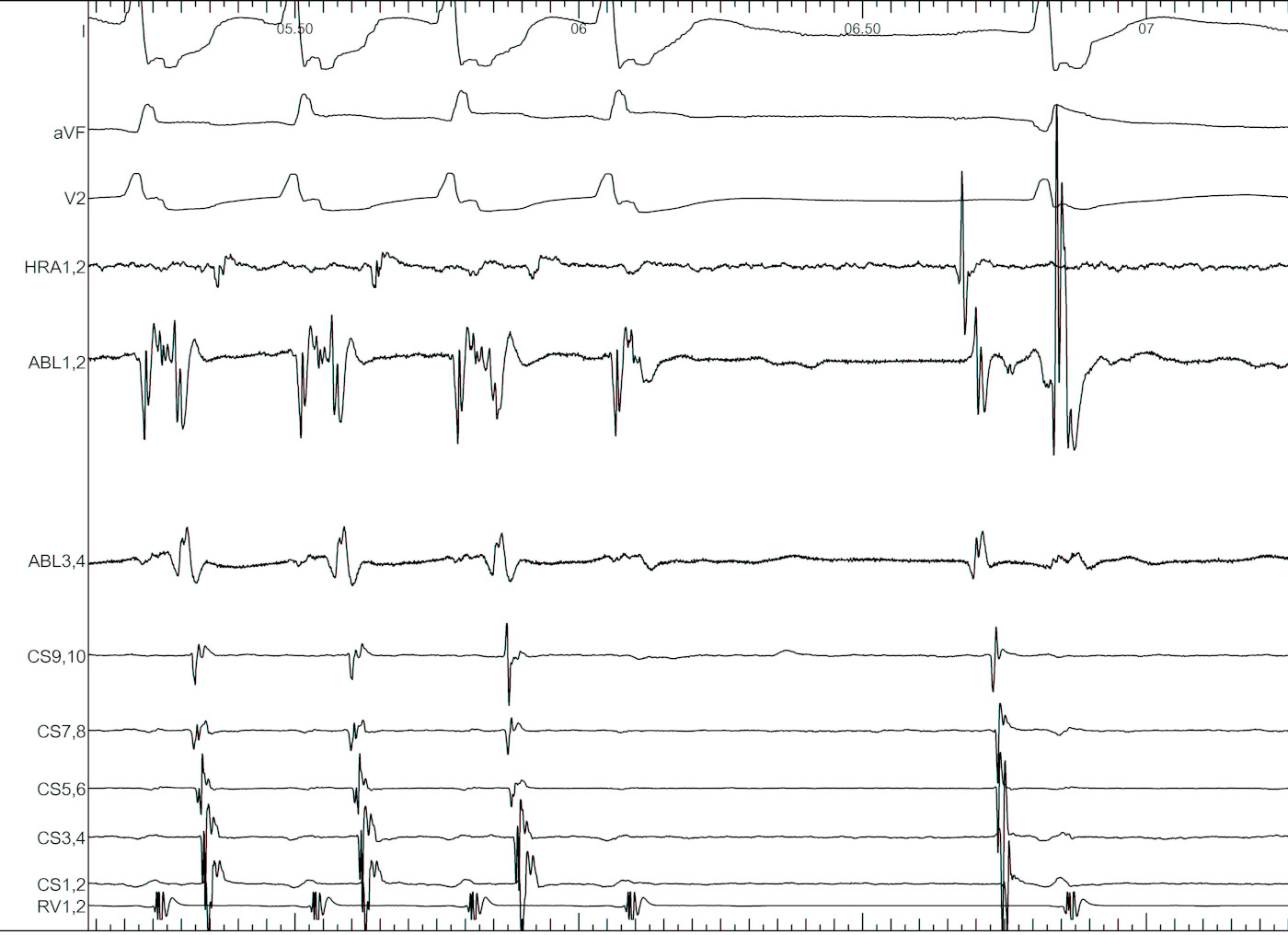
#8 When ablating in tachycardia, entrain the tachycardia
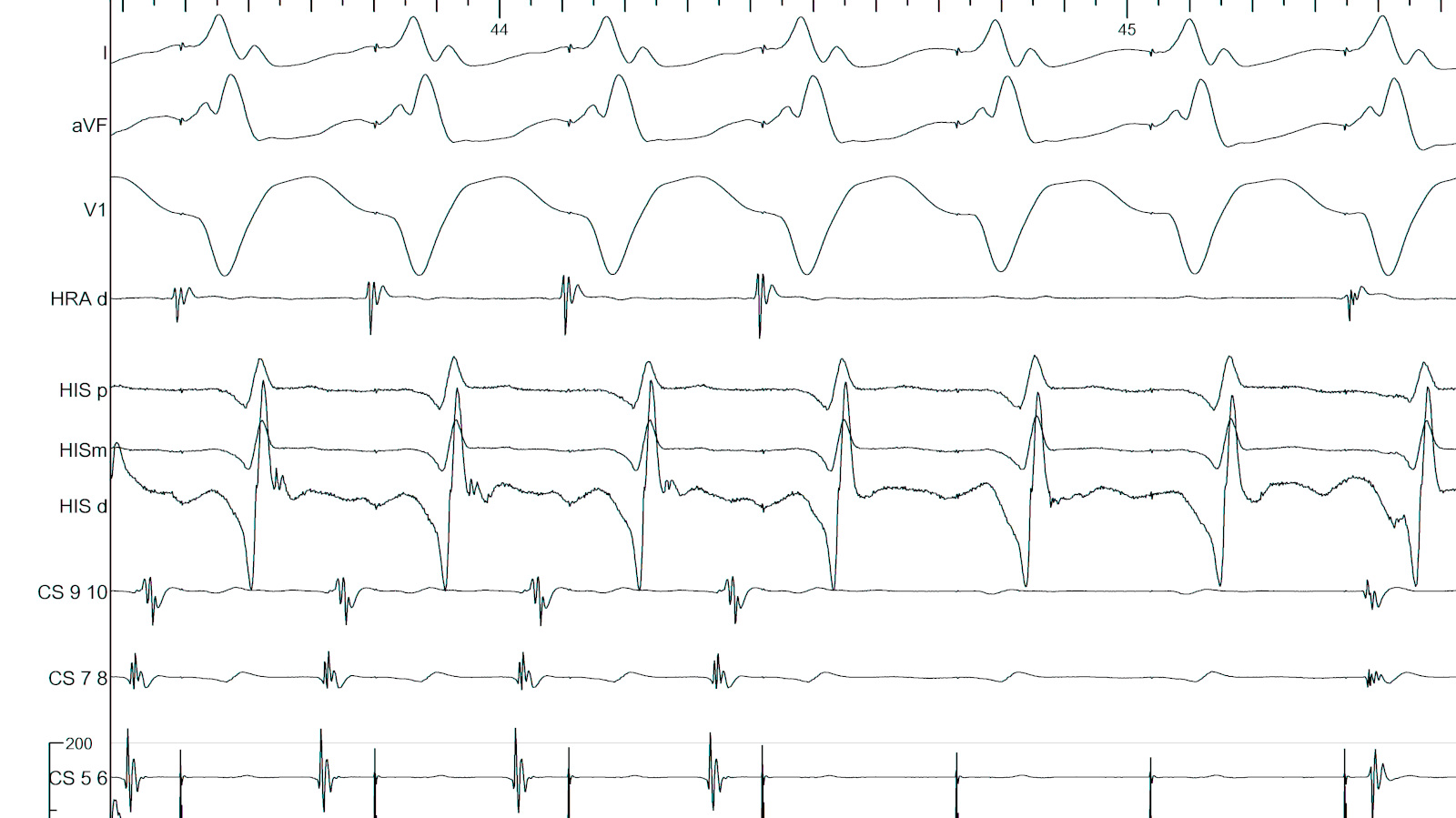
#9 Map anteroseptal AP from non coronary cusp
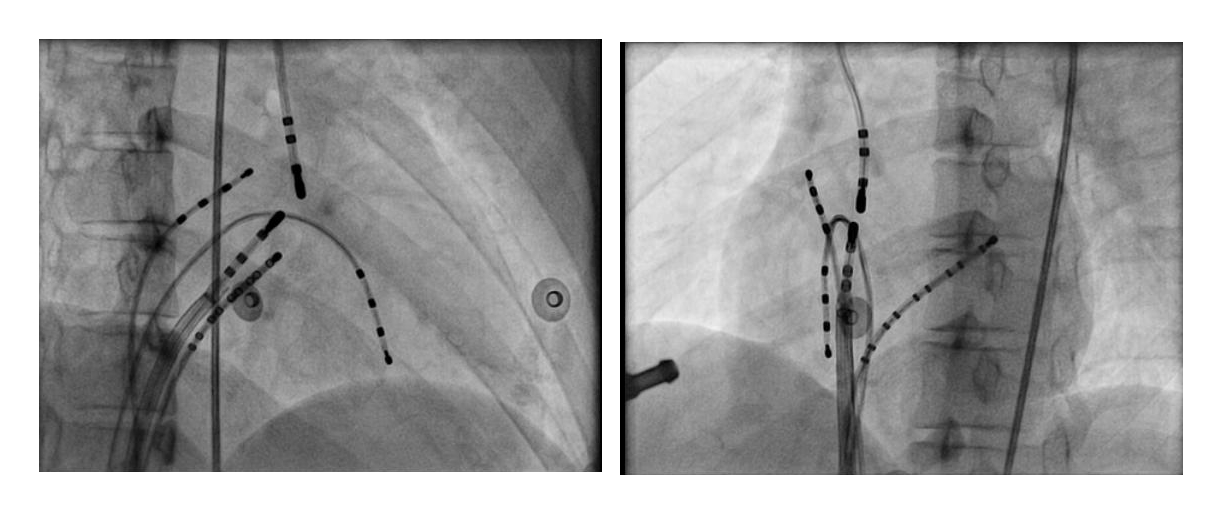
#10 Consider non annular location of AP

#10 Consider non annular location of AP

#11 Don't bump, but when it happens, use it
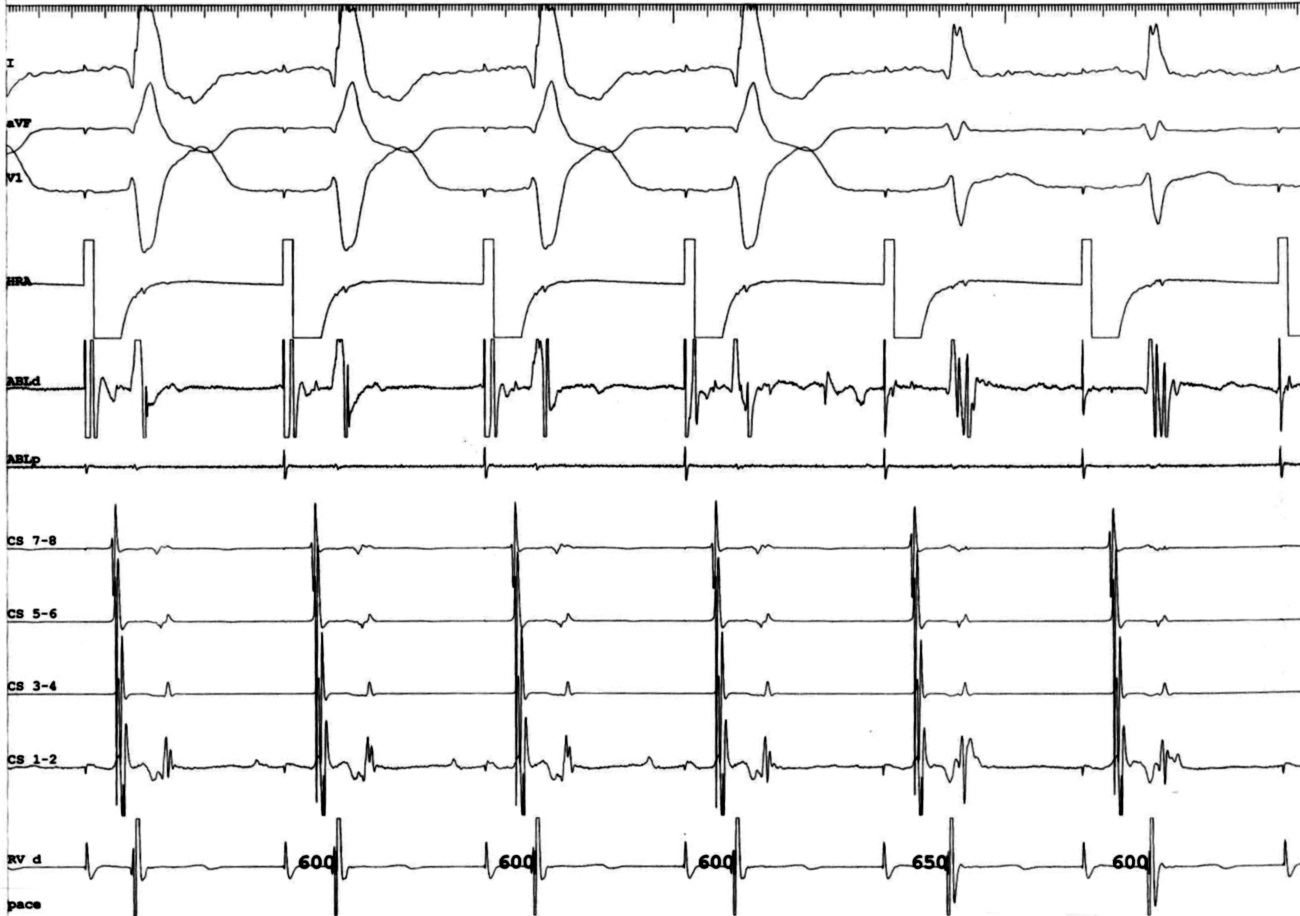
#12 Be aware of isthmus block
